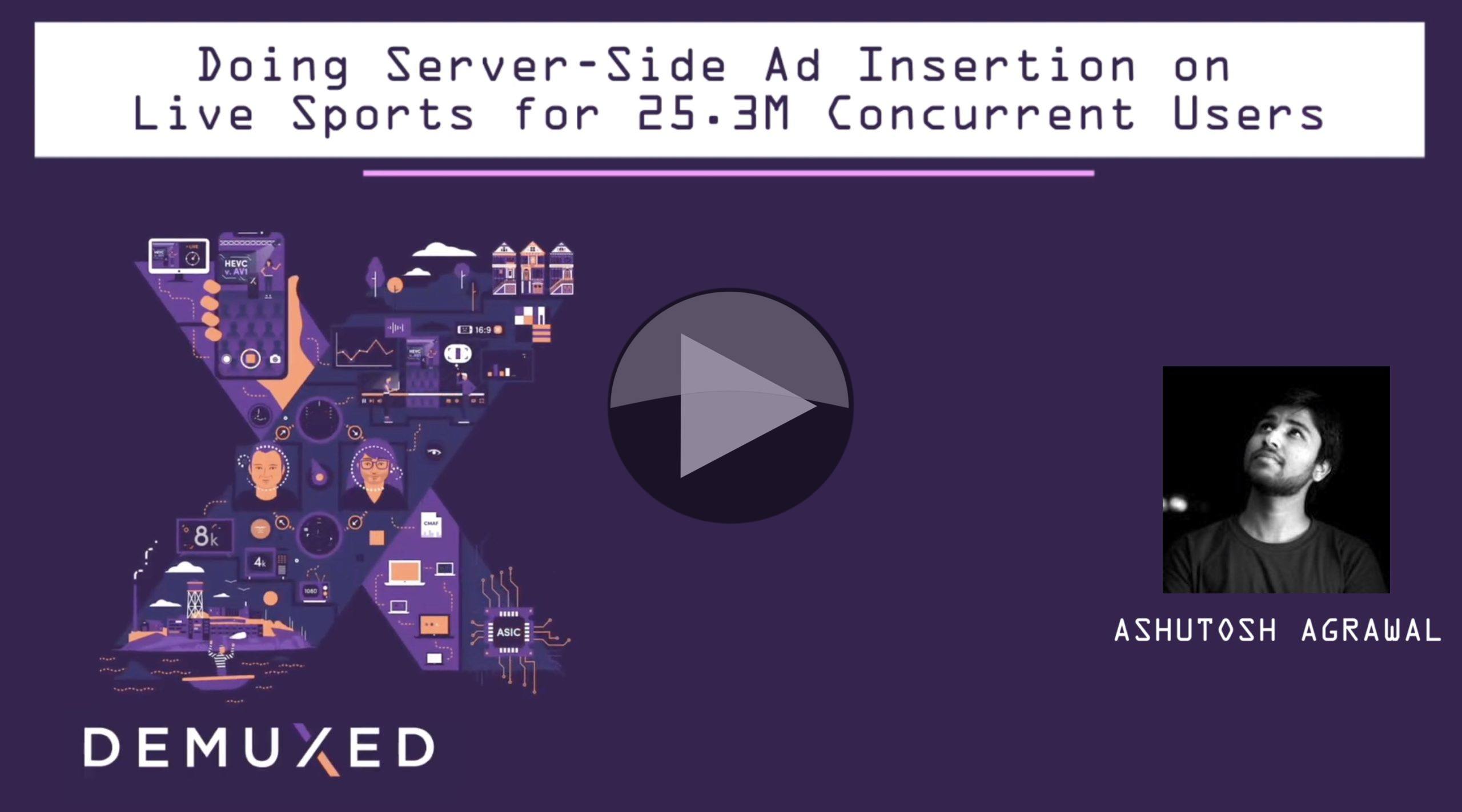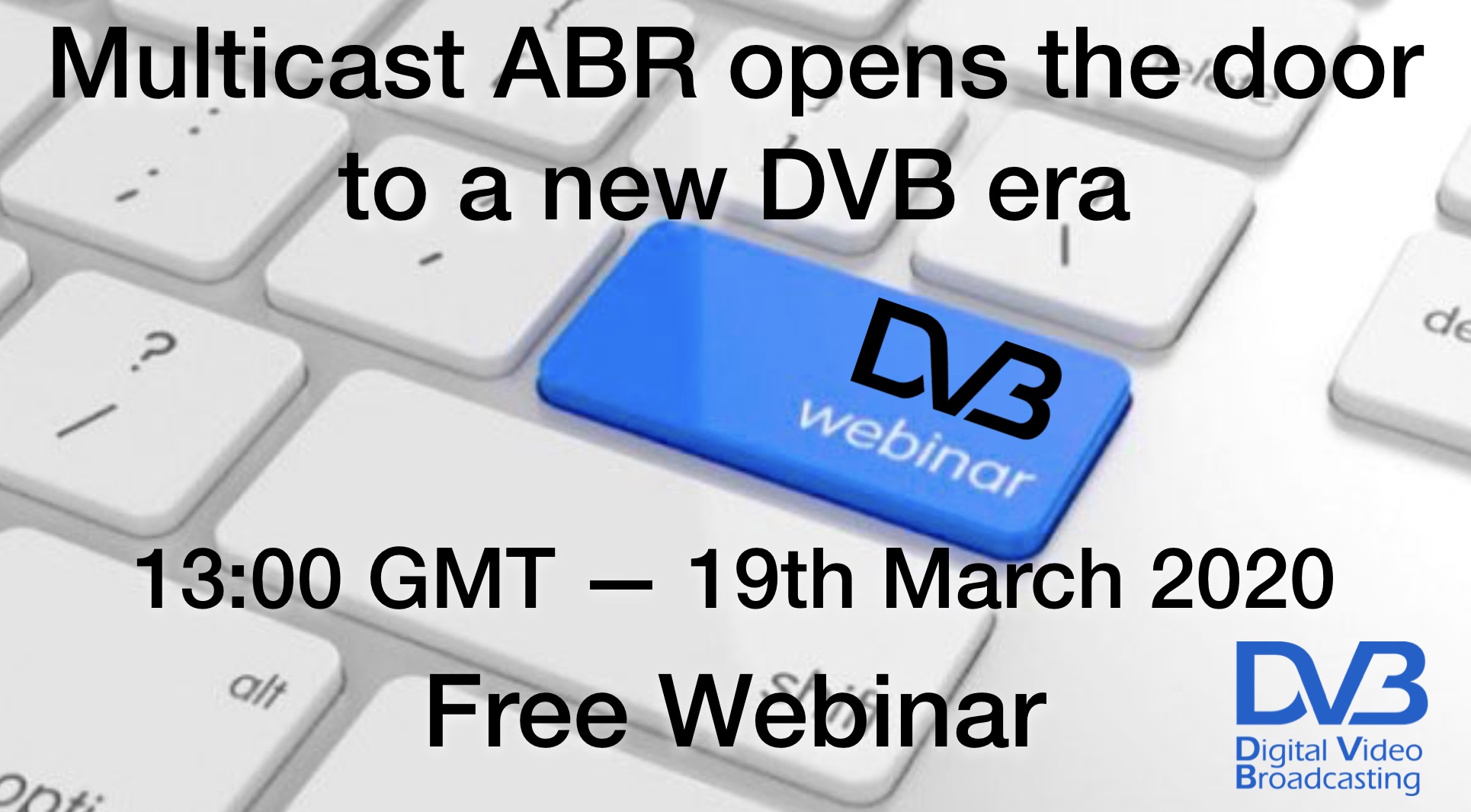Delivering ads successfully is done by some services by having the client insert the different ads, and some by inserting the ads at the server end. The choice of which to use requires knowing your customers and how they are most likely to receive your streams. With the prevalence of ad blockers, businesses find the many customers never see the client-side inserted ads. Inserting ads at the server, therefore allows you to get around this as even the ads look like they are a continuation of the same video feed.
The downside of server-side ad insertion (SSAI), whilst rendering the ads unblockable, restricts the ads you can place. Theoretically, in client-side ad insertion, each user can have their own advert. With SSAI, to do that you would need to create a new stream per user which becomes much more computationally hungry. So the sweet spot comes in between the two where viewers are grouped into categories so that only a few tens of streams, for example, are needed to match ten demographics identified to advertisers. This is known as ‘dynamic SSAI’.
Ashutosh Agrawal took to the stage at the Demuxed SF 2019 conference to explain how Hotstar used dynamic SSAI to deliver targeted ads to their 25 million viewers. As an example of your understanding of your viewers driving your choice of ad-delivery technology, Ashutosh explains that close to 85% of their viewing is on mobile and much of that has marginal reception. In hostile network conditions, the requirement for the player to be downloading ads in the background doesn’t work well since the network can only just about support the live video, so a background download pushes the ABR quality down and could even create pausing and rebuffering. It’s for this reason that Hotstar decided that server-side was the way to go.
Ashutosh takes us through how Hotstar approached this large event. In India, cricket is a very popular game which lasts for up to 8 hours a day. This gives rise to a large number of breaks, over 100, which add up to over an hour’s advertising in total so it’s clear to see why this is a massive opportunity for optimisation. Static ad insertion reacts to SCTE 35 markers inserted. This can work well in the sense that for a 40 seconds SCTE marker, the platform can ad an approx 40-second ad or two 20 second ads. However, it isn’t flexible enough to deal with the times when there are far more people watching than that ad agency has paid for which means that Hotstar would end up delivering more viewers than necessary. It would be better for those viewers to see a different ad, triggered by SCTE 35.
As discussed above, doing SSAI for each person is a scalability and cost nightmare, so we quickly see that Targeted SSAI is the way forward. This allows different cohorts of users to be identified. Each cohort will receive its own virtual feed with their own adverts. We then see the architecture of the system showing how the CDN is used. For scaling, we see that they use a cache rather than a database.
Nginx then gets a namecheck as Ashutosh explains how they provide caching, including an nginx memory cache, to deal with up to 50% of the overall load, shared with the CDN if necessary. He then finishes with a look at the best practices they have learnt and what Ashutosh sees is the future for this technique.
Watch now!
Speaker
 |
Ashutosh Agrawal Evangelist/Architect – CTO’s Office, Hotstar |








